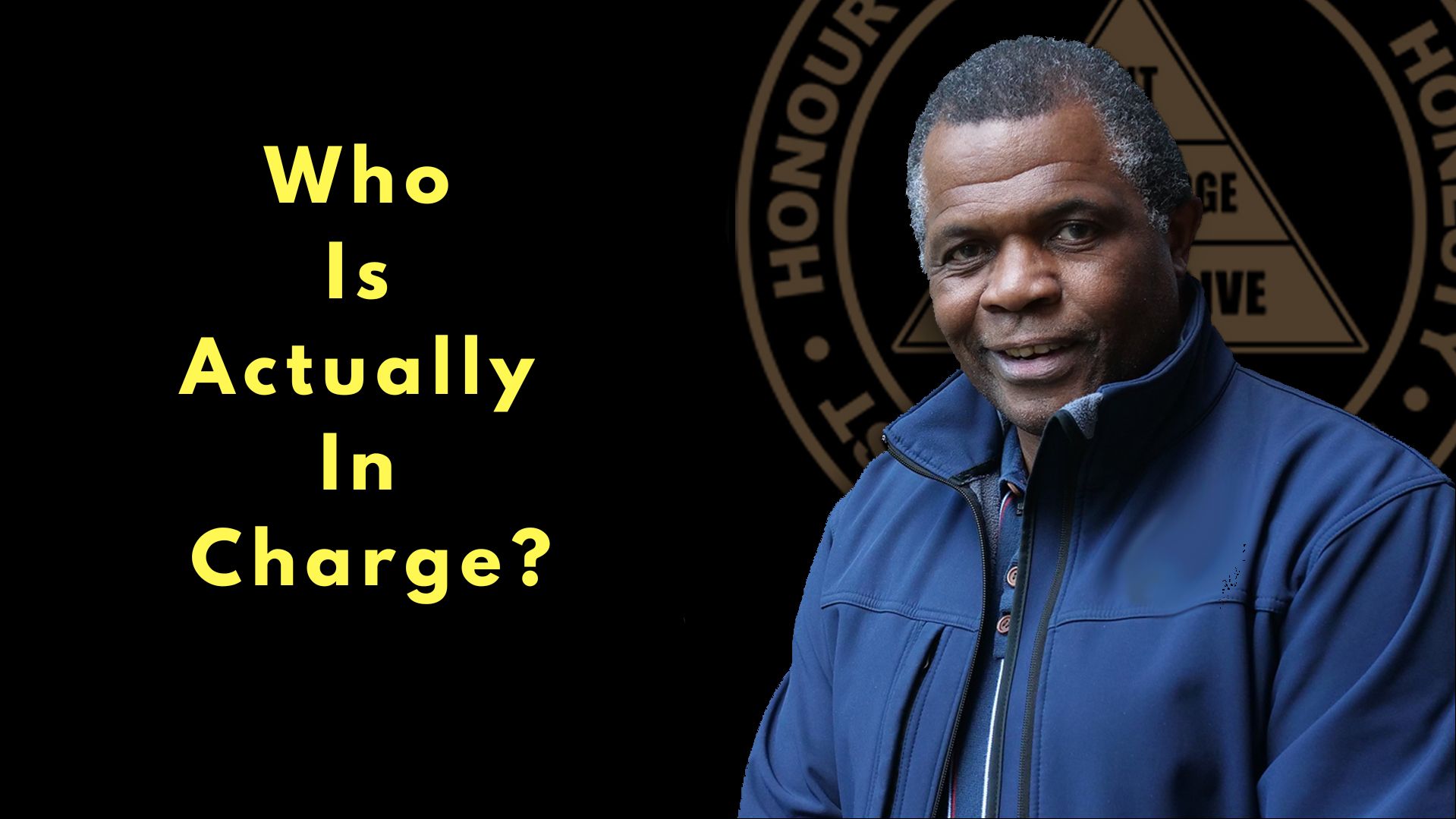It is a legal requirement for every employer and self-employed person to make an assessment of the health and safety risks arising out of their work.
If you fail to carry out a risk assessment it that can leave you liable for any injury should someone get injured as a result of your breaching the duty of care, you owe to them.
In a recent and concerning incident, British Airways (BA) found itself legally liable for a passenger who suffered severe brain damage after slipping on a carpet while carrying a tray of Starbucks coffee.
So, when delivering a training course who is ultimately responsible for the health, safety and welfare of those attending the venue where your course is taking place?
- Is it you the Trainer?
- Is it the independent venue you are using?
- Or is it the CEO, of the company you are delivering the training course to?
This tragic case highlights the consequences of safety oversights and underscores the importance of stringent adherence to health and safety regulations in public and commercial spaces.
Let’s look at some examples of the legal basis for liability, health and safety legislation and the broader implications.
This incident occurred when a passenger, while carrying a tray of hot Starbucks coffee purchased on the flight, slipped on a carpet in the cabin.
The fall resulted in a significant head injury, leading to brain damage.
The passenger’s legal representatives argued that the airline failed to provide a safe environment, directly causing the accident and subsequent injuries.
An important area of legal liability is negligence:
To establish negligence, the plaintiff must prove:
- A duty of care was ‘owed’ to ensure the safety of its passengers.
- This duty was ‘breached’ by failing to maintain a safe environment.
- The breach directly ‘caused’ the passenger’s injuries.
- The passenger ‘suffered actual harm’ as a result.
The duty owed encompasses ensuring that all aspects of the passenger experience, including the physical condition of the cabin, are safe and free from hazards.
In this case the slippery or improperly maintained carpet leading to the fall is a breach of this duty.
Occupiers’ Liability Act 1957
Occupiers of premises have a legal obligation to ensure that visitors are reasonably safe when using the premises.
The duty of care is to take such care as is reasonable to see that the visitor will be reasonably safe in using the premises for the purposes for which they have been invited or permitted by the occupier to be there.”
Failure to ensure the safe use of such premises can constitute a breach of this duty.
There are several key pieces of health and safety legislation which are relevant:
Health and Safety at Work etc Act 1974
While primarily focused on employees, this Act also places duties on employers towards non-employees.
Section 3 of the Act states that employers must ensure, so far as is reasonably practicable, that persons not in their employment are not exposed to risks to their health or safety.
Failure to maintain a safe environment directly contravenes this requirement.
Management of Health and Safety at Work Regulations 1999
These regulations require employers to conduct risk assessments and implement measures to mitigate identified risks.
Regulation 3 requires a suitable and sufficient assessment of risks to the health and safety of non-employees.
Any identified risks must show the steps taken to mitigate known risk factors
Workplace (Health, Safety and Welfare) Regulations 1992
Aimed at traditional workplaces, these regulations provide relevant standards.
Regulation 12 requires that floors be suitable for their purpose and kept free from substances that may cause a person to slip, trip, or fall.
Areas identified as a workplace come under this regulation.
This case serves as a reminder to adhere to health and safety regulation. You must therefore:
- Conduct regular risk assessments of all accessible areas.
- Ensure that all surfaces are safe and free from hazards.
- Train staff to identify and mitigate potential risks.
- Implement robust maintenance and inspection regimes.
A breach of duty of care and violations of various health and safety regulations underlines the one’s responsibilities in ensuring the safety of those attending their training course.
This case should prompt organisations to re-evaluate their health and safety protocols to prevent similar slip, trip and fall type incidents in the future.
To learn more – https://nfps.info/level-3-risk-assessment-course/
#training #Leadership #collaboration #inclusion #empowerment #staysafe

